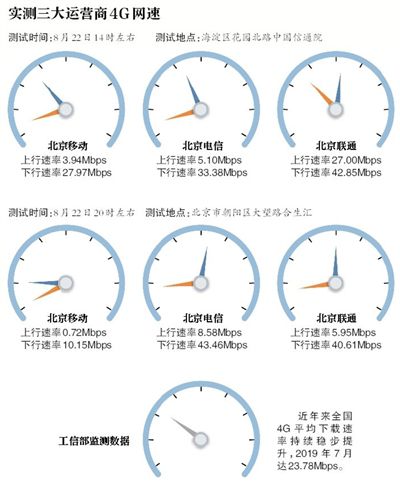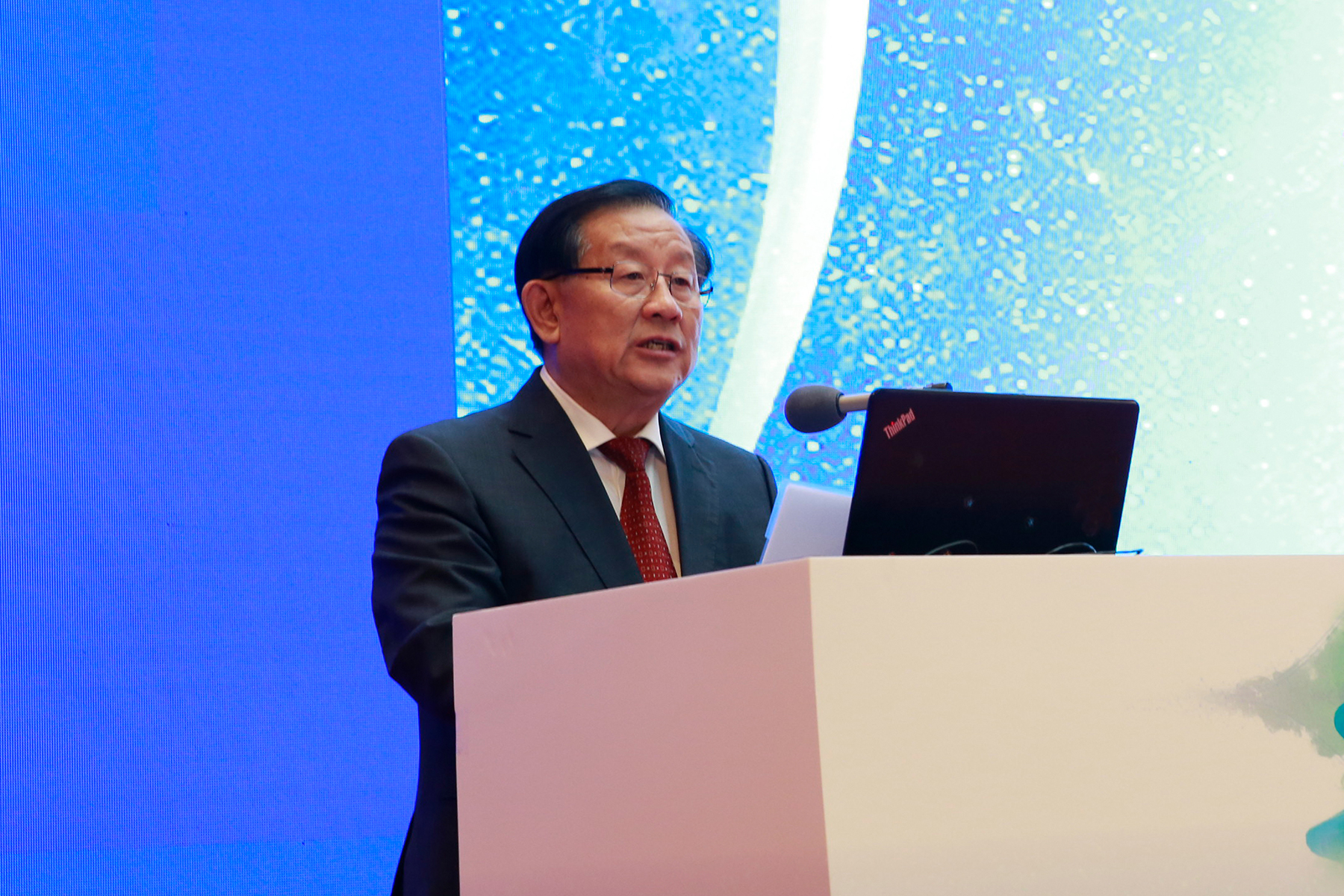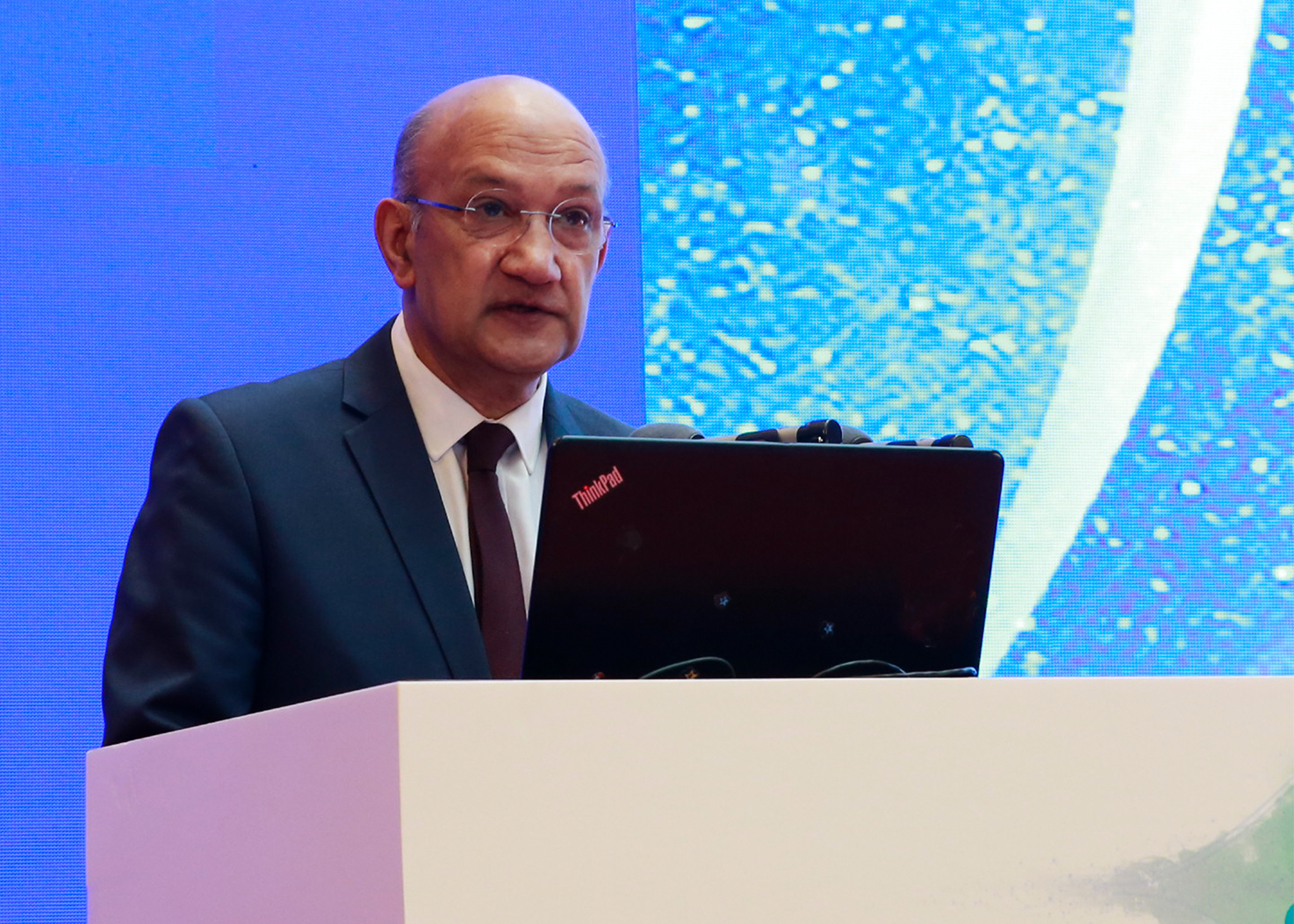Original title: Reporter measured 4G network speed There is a gap in 4G network speed at different time and place
Recently, the rumors of “building 5G to 4G speed reduction” on the Internet have formed a hot topic among many mobile phone users.In order to explore the truth about "4G is slowing down", the Beijing News reporter conducted a multi-day survey and interviewed the Ministry of Industry and Information Technology, the Beijing Municipal Communications Administration, communications experts, and operators. On this basis, the Beijing News reporter also used the Ministry of Industry and Information Technology.The Telecommunications Research Institute's Internet mobile terminal acquisition software, Tyre Speed Measurement, tested the 4G network speed of some locations.


The test results show that the 4G network of the three major operators has a high downlink rate of 42.85 Mbps and a low level of 27.97 Mbps in the China Xintong Institute in Huayuan North Road, Haidian District. In the Chaoyang District Heshenghui business circle test, the downlink rate of the 4G networks of the three major operators is 10.15Mbps, and the higher is 43.46Mbps. Many experts explained that the data tested by the public in different locations and at different times does not represent the speed of a city or a national 4G network.
At the same time, the network speed is slightly slower in densely populated areas
On August 22nd, around 2 pm, the Beijing News reporter conducted a survey on the 4G rate of the three major operators at the China Xintong Institute in Huayuan North Road, Haidian District, Beijing. The results of Tell Speed show that Beijing Mobile has an uplink rate of 3.94 Mbps and a downlink rate of 27.97 Mbps; Beijing Telecom has an uplink rate of 5.10 Mbps and a downlink rate of 33.38 Mbps; Beijing Unicom has an uplink rate of 27.00 Mbps and a downlink rate of 42.85 Mbps. At almost the same time, the reporter also tested the packed Starbucks coffee shop across the road from China’s Xintongyuan. The 4G rates of the three major operators were less than 1/2 of the rate tested by China’s ICT.
At around 8 pm, the reporter of the Beijing News went to the Heshenghui shopping district in Dawang Road, Beijing, and measured the 4G rate of the three major operators again. The results of Tell Speed show that Beijing Mobile has an uplink rate of 0.72 Mbps and a downlink rate of 10.15 Mbps; Beijing Telecom has an uplink rate of 8.58 Mbps and a downlink rate of 43.46 Mbps; Beijing Unicom has an uplink rate of 5.95 Mbps and a downlink rate of 40.61 Mbps.
The reporter test found that there is a certain gap between the operator's 4G network speed at different times and places. A number of experts told reporters that the results of the 4G network rate test conducted by Volkswagen at any time and place are not representative. Party Meimei, deputy chief engineer of the Institute of Technology and Standards of the Institute of Information Technology, said that data testing can indeed reflect the current state of 4G network capabilities, but the relevant domestic departments will conduct multi-sample measurements under unified standards when conducting authoritative data testing.
On the 22nd of August, the Ministry of Industry and Information Technology told the Beijing News that at present, China Information and Communication Research Institute has been instructed to build a monitoring platform covering 31 provinces (autonomous regions and municipalities) across the country, monitoring the 4G network rate through technical means, and monitoring samples every quarter. The number has exceeded 71 million. The monitoring data shows that in recent years, the national 4G average download rate has continued to increase steadily, reaching 23.78 Mbps in July 2019, and there has been no significant decline in the overall rate.
The reporter asked if the current rate of 4G is lower than the historical data, the insiders of Tell Labs said that it does not exist.
For some netizens to use the software speed to find that the 4G network speed is low, Party Meimei said, "The same position, even if your mobile phone does not move, there will be differences." The Beijing News reporter made three speed measurements on the three major operators' networks outside Guangqumen at 3:16 pm on August 22. The results of the Teller Speed Measurement show that the results of continuous testing are not the same regardless of which carrier's 4G network is used. Take China Unicom as an example. The first test result is an uplink rate of 0.29 Mbps and a downlink rate of 10.68 Mbps. The second test result is an uplink rate of 0.51 Mbps and a downlink rate of 7.42 Mbps. The third test result is the uplink rate. 0.32Mbps, the downlink rate is 14.00Mbps.
Party Meimei said that the data tested by the public in different locations and at different times does not represent the speed of a city or a national 4G network. "This is related to the characteristics of the network. (Mobile) The network itself is a wireless channel. (Speed) depends on how many people use the network at the same time."
"4G network adopts the concept of shared spectrum. In a fixed-capacity network, the more users, the slower the network speed." Xu Fei, deputy chief engineer of the Ministry of Wireless and Mobile Research of China's ICT, said that 4G networks are used at different times and places. The number of people will affect the 4G experience.
7 months DOU increased nearly double, 4G pressure
The Ministry of Industry and Information Technology disclosed that as of May this year, the penetration rate of 4G users in China was close to 77%. Compared with the 5G still under construction, 4G users are still the current mainstream. In recent years, China has intensified its work of “speeding up and reducing fees”. Fiber broadband and 4G networks have achieved universal coverage of urban and rural areas. As of the second quarter of 2019, the proportion of 4G users nationwide reached 77.6%, ranking first in the world.
The Ministry of Industry and Information Technology also told the Beijing News that as 2G/3G users accelerated their migration to 4G, as of July 2019, the number of 4G users in China reached 1.24 billion, accounting for 78.3% of mobile phone users.
The Ministry of Industry and Information Technology explained that in recent years, the video business has developed rapidly, and higher requirements have been placed on network capabilities. Operators have also launched large-traffic packages to attract users and further release user traffic demands. According to statistics, the average mobile Internet access traffic (DOU) per year was 4.42GB in 2018, and the DOU in July this year reached 8.33GB, nearly double the growth, which brought great pressure on 4G networks. In addition, if the website traffic is too large, causing congestion, the “speed limit” package traffic usage reaches the speed limit threshold, and the local network maintenance and other reasons will affect the user experience rate in a certain time and scope, especially in concerts, In a user-intensive area such as a train station, there may be cases where the number of users is excessive and the temporary experience rate is lowered.
In order to cope with the possible 4G network pressure, the Ministry of Industry and Information Technology indicated that it will adopt three major measures. First, continue to promote the network speed-up and fee reduction work, further improve the 4G network coverage for traffic hotspots and weak areas, and support the construction of 4G base stations in rural and remote areas. The second is to guide operators to actively carry out network expansion and upgrade; the third is to promote the coordinated development of 4G and 5G, and to use 4G high-speed and large-bandwidth features to divert 4G network traffic, and continue to do 4G operation and maintenance and transformation. (trainee reporter Cheng Zikai Chen Shiyi)
Source: Beijing News
(Editor: Yang Yuyu, Lu Wei)
Related News
THE Third WORLD SCIENCE AND TECHNOLOGY DEVELOPMENT FORUM
Openness·Trust·Cooperation

 Mobile
Mobile



